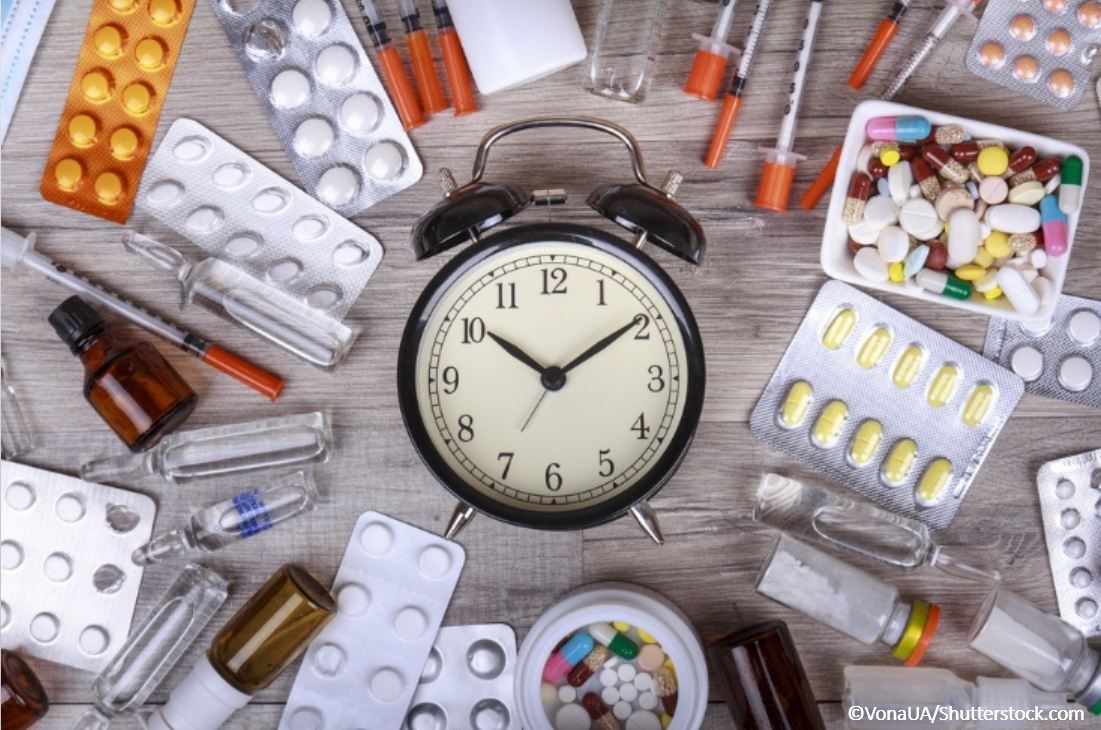DM Potpourri: A Short Quiz
Take 5 with a quick quiz on a variety of diabetes treatment topics.

Happy New Year! I hope you’ve had a rejuvenating holiday break, with family and friends. The holidays to me, also are a terrific time to reflect back on the year that has just past, and be grateful for all we get to do, not least of which is serving our patients.
As you dig in to the new challenges of a new year, try this short quiz on a range of topics that impact patient care.
1. Which of the following best describes the current challenges of diabetes management?
A. If current trends continue, the number of patients with diabetes in the US could reach 1 in 3 by 2050.
B. Every 20 seconds, an American over the age of 20 is diagnosed with diabetes.
C. Patients with diabetes tend to be receptive to starting insulin as the disease progresses.
D. Recently, the numbers of new patients being diagnosed with has reached a plateau.
E. A and B
F. C and D
Please click here for answer and next question.
Answer: E. A and B are true
Diabetes continues to be diagnosed at an alarmingly high rate. Currently, approximately 1 in 11 Americans has diabetes.
2. Which one of the following statements about SGLT-2 inhibitors (SGLT2i) is true?
A. SGLT2i act to increase glucouresis-the urinary excretion of glucose.
B. SGLT2i have been not been shown to improve cardiovascular outcomes.
C. SGLT2i block glucagon release.
D. SGLT2i are limited in clinical use by side effects such as severe hypoglycemia.
E. SGLT2i act on the insulin secreting pathway.
Please click here for answer and next question.
Answer: A. SGLT2i act to induce glucouresis-the urinary excretion of glucose.
Similar to furosemide, SGLT2i cause diuresis, but of glucose, by lowering the renal threshold to excrete glucose in the urine.
3. Which one of the following phrases correctly completes this sentence: DPP-IV inhibitors…
A. … result in significant weight loss in patients.
B. … carry a high risk for pancreatitis in humans.
C. … can cause nasopharyngitis and headache-the most common adverse effects.
D. … can be taken in conjunction with GLP-1 receptor agonists (GLP-1RA).
Please click here for answer and next question.
Answer: C. DPP-IV inhibitors (DPP-IVi)… can induce nasopharyngitis and headache-the most common adverse effects.
The DPP-IV inhibitors tend to be weight neutral, unlike GLP-1 RA, which have shown modest reductions in weight, so option A is not correct. This class has a not demonstrated a large number of cases of pancreatitis in human studies. DPP-IVi should not be prescribed concurrently with GLP-1RA, as they reduce degradation of the enzyme GLP-1, the other strategy to increase GLP-1RA.
4. Which one of the following phrases correctly completes this sentence: GLP-1 receptor agonists…
A. … are based on the mechanism that gut hormones stimulate glucose-dependent insulin secretion.
B. … more potently stimulate insulin secretion than glucose-dependent insulinotropic peptide.
C. … lower A1c by approximately 0.5-1.5%.
D. … can result in modest weight loss of ~1 to 4 kg.
E. All of the above.
Please click here for answer and next question
Answer: E. All of these describe this class of agents.
The most recent iterations of the GLP-1RA class of agents are once-weekly injections. This decreased dosing frequency may be more appealing to patients who are hesitant about adding an injectable medication to their regimen, or who are concerned about weight gain or hypoglycemia that could result from taking insulin.
5. Which one of the following is true of the new Freestyle Libre glucose monitoring system?
A. It is completely non-invasive.
B. There is no warm-up period before glucose readings are available.
C. It requires a 5-mm filament, and does not require calibration.
D. There has been a wealth of real-world experience with the Libre.
E. The Libre requires fingerstick calibration.
Answer: C. It requires a 5-mm filament, and does not require calibration.
Though it does not use needles, this device is not wholly non-invasive, as it employs a fine filament. The Freestyle Libre does require a 1-hour warm up period, was FDA-approved in August 2018, and does not require fingerstick calibration.